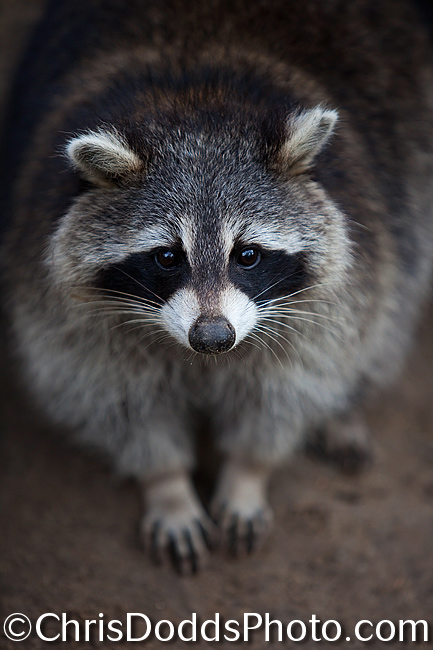 Pied-billed Grebe Reflection (Podilymbus podiceps, Grèbe à bec bigarré) Bosque del Apache National Wildlife Refuge, New Mexico, USA ©Christopher Dodds www.chrisdoddsphoto.com All Rights Reserved. Canon EOS 1Ds Mark III, 500mm F4 IS, 2X II Tele-converter, Gitzo tripod and Wimberley Head II from VW Westfalia (thanks Ethan). ISO 250, F16 1/320s Manual Mode. Full Frame. Click HERE to purchase a print or license image for publication.
Pied-billed Grebe Reflection (Podilymbus podiceps, Grèbe à bec bigarré) Bosque del Apache National Wildlife Refuge, New Mexico, USA ©Christopher Dodds www.chrisdoddsphoto.com All Rights Reserved. Canon EOS 1Ds Mark III, 500mm F4 IS, 2X II Tele-converter, Gitzo tripod and Wimberley Head II from VW Westfalia (thanks Ethan). ISO 250, F16 1/320s Manual Mode. Full Frame. Click HERE to purchase a print or license image for publication.
Light Illuminates - Shadows Define
Though many try to take the credit for saying it, it was Howard Pyle who said, "Light illuminates texture and color - shadows define form" - though he was referring to painting, the same holds true for photography. Light is an incredibly important part of photography. Out in the field, or in the studio; it's quality, quantity and direction are all very important components in your final image. Many nature photographers advocate pointing your shadow directly at your subject, resulting in a direct, flat, frontal light source (the sun). While that is a good starting point, I strive to get my light source (the sun in this case) off to one side. As you can see in this image of a Pied-billed Grebe, the sun is off to my far right. The resulting image is full of light and shadow, creating a dramatic, detail rich image; every wet feather on the back of its neck is accentuated by both light and shadow. This method works incredibly well for white birds like Snowy Owls, that have a hollow feather structure.
The Bigger Pictures:
As promised when I started this Nature Photography Blog, I have been messing around with image sizes and page format. I do hope you like the new, bigger pictures and will try to get all of the older posts updatesd soon. Leave a comment to let me know how you like the new format.
Pied-billed Grebe facts:
Nicknamed dabchick, devil-diver, hell-diver and water witch, the Pied-billed Grebe, Podilymbus podiceps, feeds on fish (carp catfish & eels), insects (dragonflies, ants & beetles) and amphibians (frogs & tadpoles).
The most widespread of the North American Grebes, it is often found on remote ponds and marshes of Canada, parts of the United States and temperate South America. Preferring to escape danger by diving, this Grebe rarely flies.
Instead of having webbed feet like ducks, Pied-billed Grebes have lobes extending out the sides of it's toes to provide extra surface area for paddling.
Comments welcome & appreciated.









